
“There was a demon that lived in the air. They said whoever challenged him would die. Their controls would freeze up, their planes would buffet wildly, and they would disintegrate. The demon lived at Mach 1 on the meter, 750 miles an hour, where the air could no longer move out of the way. He lived behind a barrier through which they said no man could ever pass. They called it: The sound barrier.”
These are the opening lines of the movie The Right Stuff. If you’ve never seen the movie, stop, go right now and watch it! It takes place in the time when the Air Force was experimenting with aircraft which were designed to fly at the speed of sound. Specifically the Bell X-1
Before this time and development of these aircraft, some scientists had predicted that it would be impossible to fly faster than the speed of sound.
Early wind tunnel data showed that as the speed of sound was approached, the lift would drop off, and drag would exponentially skyrocket upward.
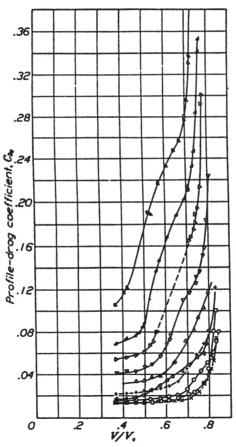
In this NACA chart from 1933, you can see that as Mach 0.9 is approached, drag exponentially increases. Because of these asymptotic drag curves, many aircraft designers thought that supersonic, or even trans-sonic flight would be impossible.
But long before airplanes were invented, they knew that guns were firing bullets faster than the speed of sound. Ballisticians had been collecting data and making calculations regarding the drag of these projectiles at speeds above the speed of sound.
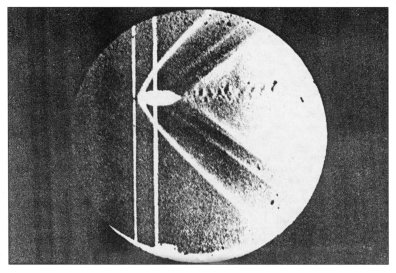
When scientists combined the data from early wind tunnel testing with the information from ballistics research, the problem became clear.
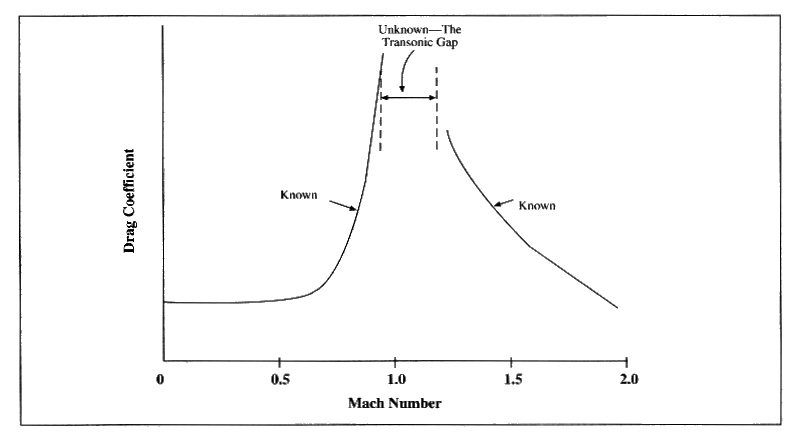
There was a gap of missing information on how an aircraft would behave if it were to travel through this “transonic” gap.
And so came a series of experimental research aircraft with the sole purpose of testing such high-speed aerodynamics and design concepts.
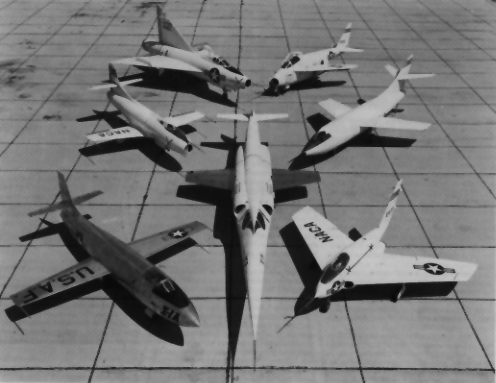
The first of these experimental aircraft, the Bell X-1 was specifically designed to resemble a 50 caliber machine-gun bullet. This type of bullet was known to be stable at supersonic velocities.
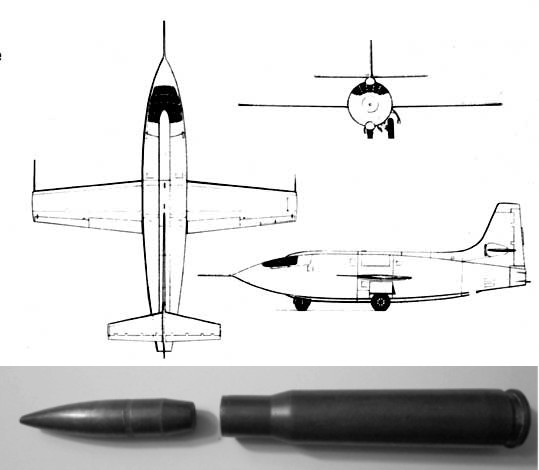
The X-1 was also built to withstand 18 Gs. Mainly because, aside from reports of aircraft buffeting, control surfaces shaking, freezing, and the aircraft “tucking under,” as they approached the speed of sound, very little was known about how much stress the aircraft would undergo pushing through the “trans-sonic” gap.
